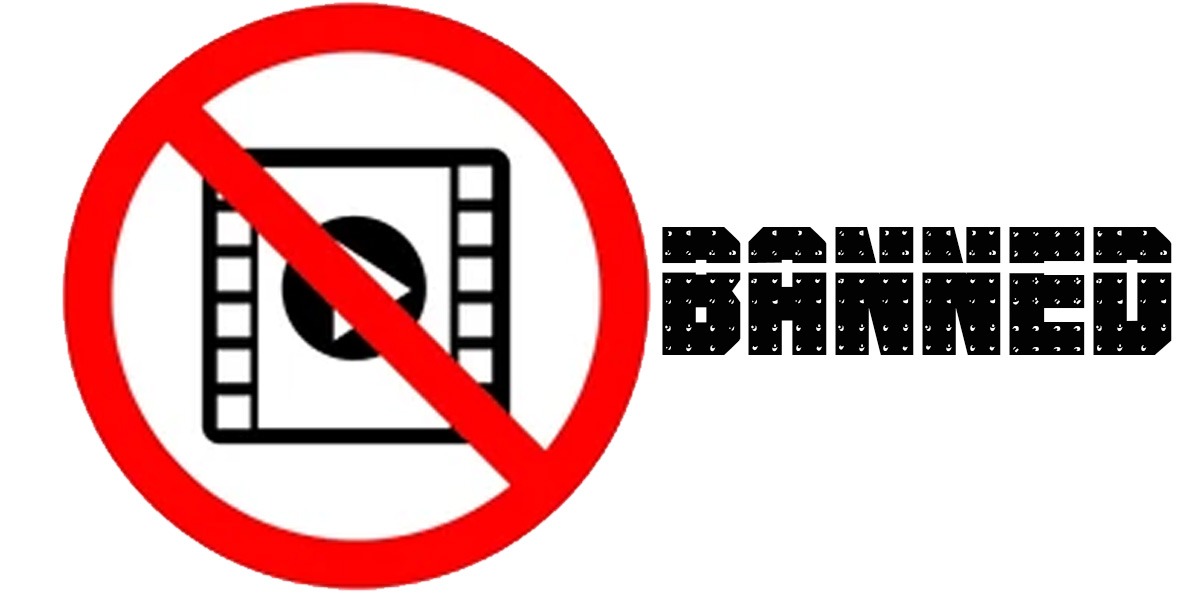Cinema bans have a long and complicated history, with various countries and regimes implementing them for a variety of reasons. From political censorship to religious objections, these bans have often been controversial and divisive, with many arguing that they infringe on artistic freedom and expression. In this article, we will explore some of the most notable cinema bans throughout history, and examine their impact on society and culture.
One of the most infamous examples of cinema bans occurred in Nazi Germany during the 1930s and 1940s. The regime, which sought to control and manipulate all forms of media and artistic expression, implemented strict censorship laws that prohibited many films from being shown in German cinemas. This included anything deemed to be "un-German" or "anti-Nazi", such as films with Jewish themes or sympathetic portrayals of other cultures. In addition, many foreign films were banned outright, particularly those from countries deemed to be enemies of Germany.
One film that fell foul of the Nazi censors was the 1930 American film "All Quiet on the Western Front". Based on the novel by Erich Maria Remarque, the film tells the story of a group of German soldiers during World War I, and was seen as a powerful anti-war statement. However, the Nazi regime, which was keen to promote the idea of war as a heroic and noble enterprise, saw the film as a threat to their ideology and banned it outright. Other films that were banned in Nazi Germany include "The Great Dictator" by Charlie Chaplin and "Gone with the Wind" by Victor Fleming.
In the Soviet Union, cinema bans were implemented for different reasons. During the Stalinist era, many films were banned for political reasons, particularly if they were seen as critical of the Communist Party or the Soviet state. One notable example is the 1966 film "Andrei Rublev" by Andrei Tarkovsky, which was banned for its portrayal of the Russian Orthodox Church and its depiction of violence. The film was eventually released in a heavily censored version, but it was not until the collapse of the Soviet Union that the original version was widely seen.
Cinema bans have also been implemented in other parts of the world for religious reasons. In some Islamic countries, films that are seen as blasphemous or offensive to Islam are banned outright. This includes films such as "The Last Temptation of Christ" by Martin Scorsese, which was banned in several Islamic countries for its portrayal of Jesus as a flawed and human figure.
In India, cinema bans have been implemented for a variety of reasons, including political censorship and religious objections. In 2017, the film "Padmaavat" by Sanjay Leela Bhansali was banned in several Indian states after protests by Hindu activists who objected to its portrayal of a legendary queen. The film eventually received a limited release after the Supreme Court of India overturned the ban, but the controversy surrounding it highlighted the ongoing tensions between religious groups in India.
In conclusion, cinema bans have been used throughout history for a variety of reasons, from political censorship to religious objections. While some bans have been lifted over time, others remain in place, highlighting the ongoing tensions between artistic freedom and cultural sensitivities. As societies continue to evolve and change, it remains to be seen how cinema bans will be used in the future, and what impact they will have on our understanding of art and culture.

Comments